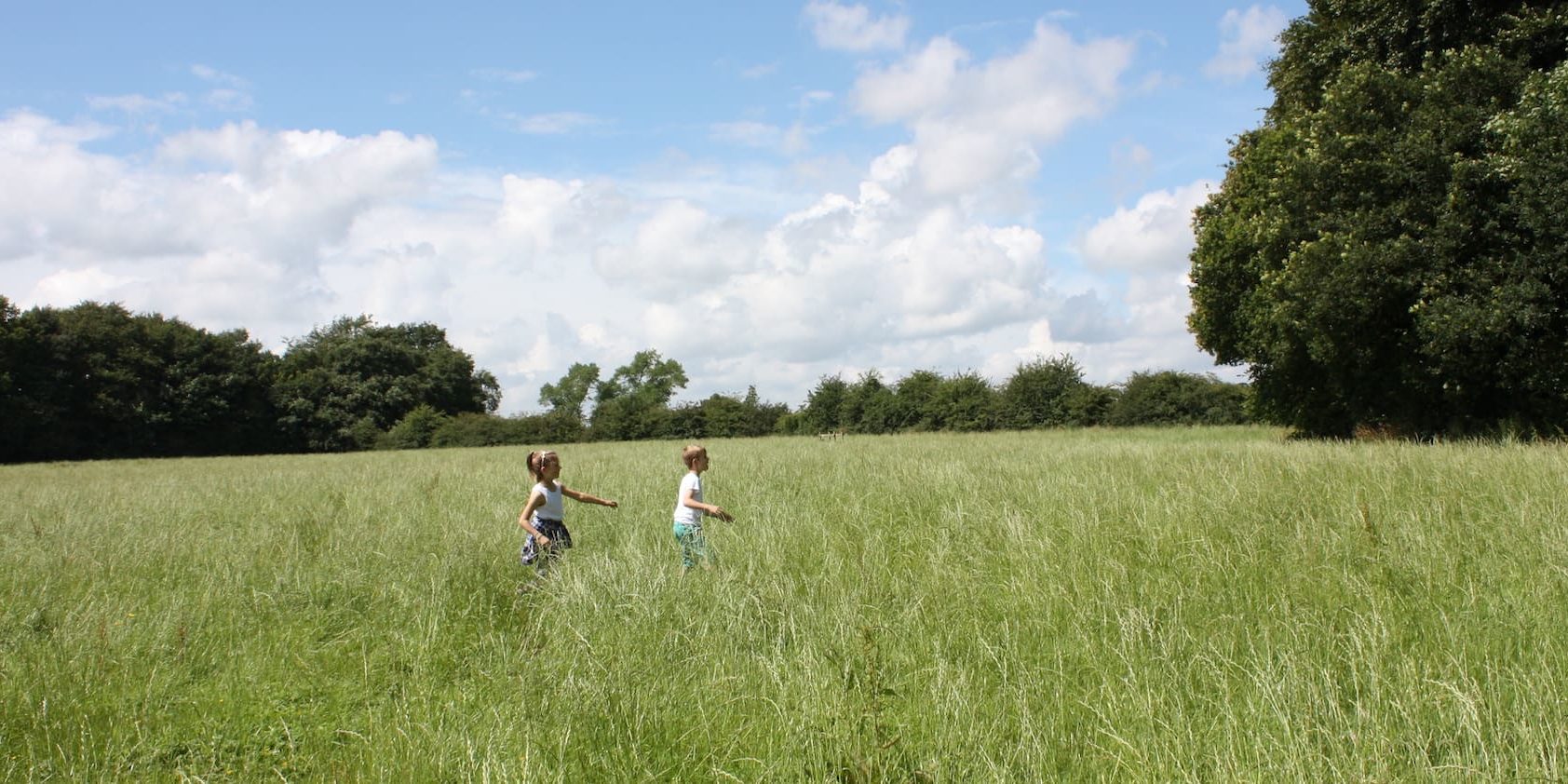Council brownfield registers miss land that could provide an extra 200,000 homes – says National CPRE

12th December 2017

Recent CPRE research finds current process isn’t spotting enough small brownfield sites.
See the Brownfield Land Registers for Oxfordshire Councils below.
Brownfield Land Registers are failing to record the small brownfield plots that could provide space for an extra 188,734 homes across England, the Campaign to Protect Rural England (CPRE) has found.
It says a more proactive process and access to Land Registry data could help build homes without wasting precious countryside.
Every local planning authority is due to publish an accurate and up-to-date register of brownfield sites that are available and suitable for development by 31 December 2017, which will be used by developers and community groups looking to find land on which to build homes.
In his autumn budget, Chancellor Philip Hammond set out a proposal that 20% of new homes be built on small sites so ‘that brownfield and urban land be used as efficiently as possible for housing development’.
But CPRE says the Government needs to amend brownfield policy and guidance to encourage the identification of the full range of appropriate brownfield sites for housing if that aim is to be met.
An initial audit of already submitted brownfield land registers by CPRE shows that less than 4% of current registered brownfield land is on small sites of up to 10 homes.
It says if councils are to meet the Chancellor’s 20% small site target on brownfield, an additional 188,734 homes across England could be unlocked.
Rebecca Pullinger, CPRE’s Planning Campaigner said:
“Up and down the country tens of thousands of small brownfield sites are not included in Brownfield Land Registers and their housing development potential missed. The current system of collecting this data must be improved if we are to unlock the potential of brownfield, and stop developers finding an excuse to build on greenfield areas.”
So what is the situation in Oxfordshire?
Oxfordshire authorities seem to be more on track than some other parts of the country in the identification of smaller brownfield sites, with all councils identifying more than 20% of brownfield sites for 10 dwellings or less (with Cherwell identifying more than 50%).
See the web links to all the Oxfordshire Local Authority Registers below.
1. Cherwell District Council:
See the Cherwell District Council Brownfield Land Register.
Cherwell identifies 32 brownfield sites, of which 18 are for 10 dwellings or less (56.25%).
2. Vale of White Horse District Council:
See the Vale of White Horse District Council Brownfield Land Register.
The Vale identifies 30 brownfield sites, of which 7 are for 10 dwellings or less (23.33%).
3. Oxford City District Council:
See the Oxford City District Brownfield Land Register.
Oxford City identifies 60 brownfield sites, of which 12 are for 10 dwellings or less (20%).
4. South Oxfordshire District Council:
See the South Oxfordshire District Brownfield Land Register.
South Oxfordshire identifies 42 brownfield sites, of which 17 are for 10 dwellings or less (40.47%).
5. West Oxfordshire District Council:
See the West Oxfordshire District Brownfield Land Register.
West Oxfordshire identifies 15 brownfield sites, of which 4 are for 10 dwellings or less (26.66%).
‘Brownfield First’
The Campaign to Protect Rural England (CPRE) supports a “brownfield first” policy, which prioritises brownfield sites for development over greenfield.
We are calling on the Government to:
– amend brownfield policy and guidance to encourage the identification of the full range of appropriate brownfield sites for housing, including small sites; and
– fulfil its commitment to open up the Land Registry.
CPRE also wants to see local authorities engage more widely to raise the profile of the registers.
Find out more:
See: CPRE Press Release, 12 December 2017.
See: ‘Unlocking Potential: Best Practice for Brownfield Land Registers‘, Research undertaken by HTA Design LLP for CPRE, December 2017.
CPRE Oxfordshire, 12 December (Updated 20 December)
